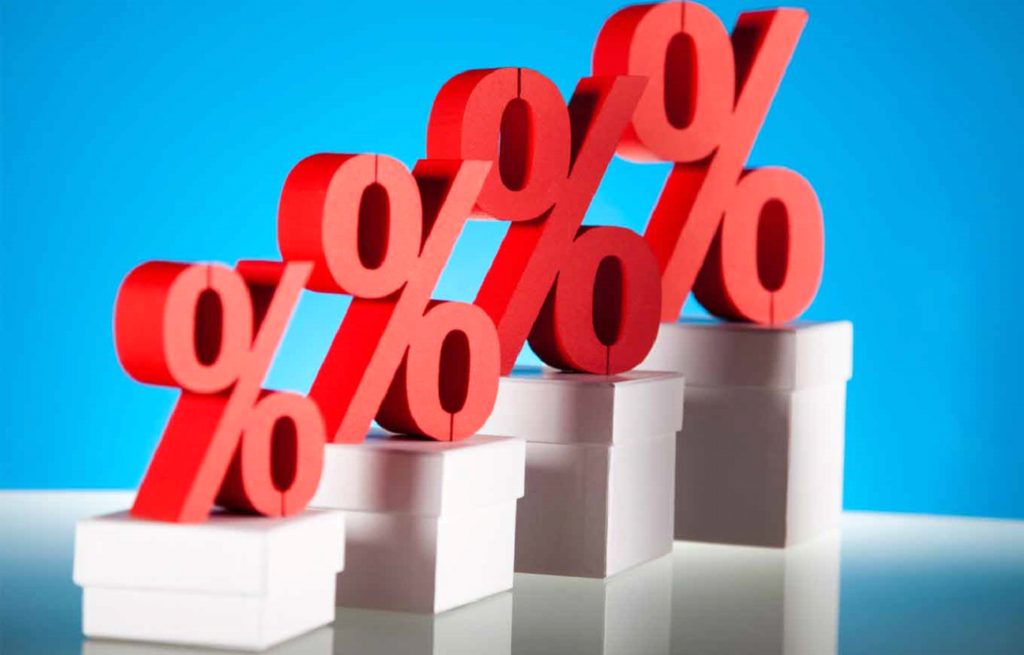Search
What leads to change in interest rates?
April 29, 2017

With the days passing by, the interest rate keeps changing. The interest rate has a very huge impact on the economy of any nation whatsoever, and so it impacts every individual of the economy as well. But why does the rate keep changing?
Monetary Policy
- The central bank of a country controls money supply in the economy through its monetary policy.
- In India, the RBI’s monetary policy primarily aims at price stability and economic growth.
- If the RBI loosens the monetary policy (i.e., expands money supply or liquidity in the economy), interest rates tend to get reduced and economic growth gets spurred; at the same time, it leads to higher inflation.
- On the other hand, if the RBI tightens the monetary policy, interest rates rise leading to lower economic growth; but at the same time, inflation gets curbed. So, the RBI often has to do a balancing act.
Growth in the economy
- If the economic growth of an economy picks up momentum, then the demand for money tends to go up, putting upward pressure on interest rates.
Inflation
- Inflation is a rise in the general price level of goods and services in an economy over a period of time.
- When the price level rises, each unit of currency can buy fewer goods and services than before, implying a reduction in the purchasing power of the currency.
- So, people with surplus funds demand higher interest rates, as they want to protect the returns of their investment against the adverse impact of higher inflation.
Uncertainty
- If the future of economic growth is unpredictable, the lenders tend to cut down on their lending or demand higher interest rates from individuals or companies borrowing from them as compensation for the higher default risks that arise at the time of uncertainties or do both.
- Thus, interest rates generally tend to rise at times of uncertainty.
- Of course, if the borrower is the Government of India, then the lenders have little to worry, as the government of a country can hardly default on its loan taken in domestic currency.



